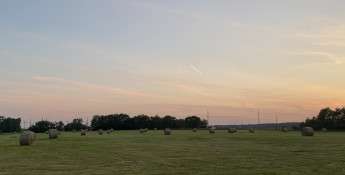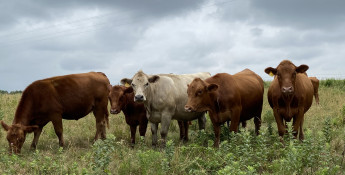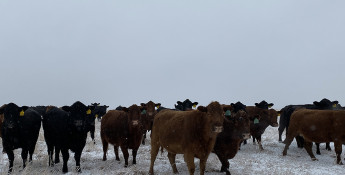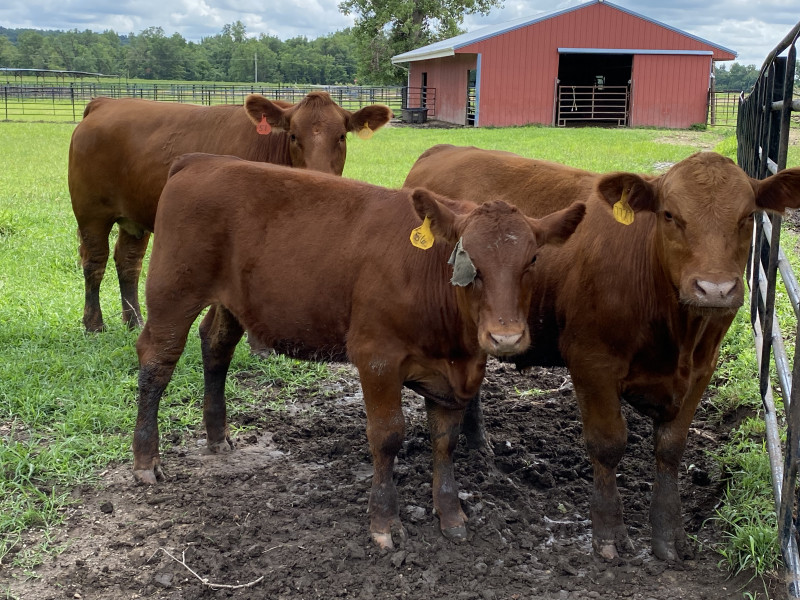By Brandi Buzzard on July 21, 2021
Farming and Ranching in the Summer
The Melodies (or is it Maladies) of summer on cattle ranches in Kansas
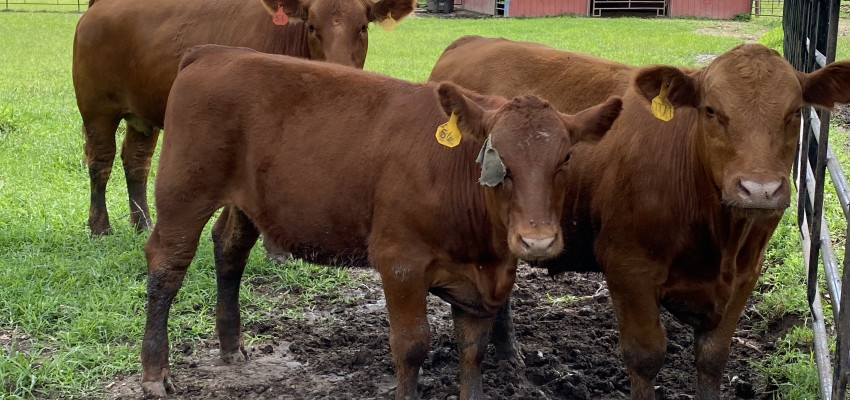
Summer is the season of having fun – barbecues, pool parties, sleepovers, fishing, boating, etc. Just writing that list made me want to jump up and run outside with my daughter to get moving on our summer bucket list.
However, summer on a cattle farm or ranch generally comes with a few hiccups that must be addressed in between camping trips, catching fireflies and reapplying bug spray.
Depending on the location of the cattle operation, farmers or ranchers are dealing with their own unique herd health challenges and much of that can be tied to whether or not the area is receiving a lot of moisture.
For example, in our area we’ve been blessed with a tremendous amount of moisture. That has led us to have an abundance of grass for our cows, calves and stocker cattle, but tall grass, and its accompanying seed heads, are prerequisites for pink eye. Pink eye is a highly contagious bacterial infection easily spread via face flies and is as pleasant for cattle as the human version is for us. If not recognized and treated quickly, it can lead to blindness in affected animals. Thankfully, there are multiple therapies to help mitigate and end the bacterial infection. On our ranch, we check our cattle herd nearly every day for early symptoms, such as watery eyes, and if identified we will pen the cattle, give them a veterinarian-prescribed antibiotic and put a patch made from my husband’s old Wranglers over the eye to reduce irritation and keep the bacteria from spreading further. Other treatment options are a topical eye solution or a local injection by a veterinarian into the affected eye.
Another common bacterial infection prevalent during wet weather for cattle is “foot rot.” This infectious disease causes severe lameness, decreased milk production in cows and decreased weight gain. The bacteria that cause the infection are common on healthy skin but when presented with excessive moisture, the integrity of the hooves and skin can be compromised and the infection sets in. Additionally, hot weather and humidity can cause cattle's skin to chap and crack, which leaves it susceptible to bacterial invasion. Treatment is usually successful, especially if caught early. If we have an animal with foot rot on our ranch, our veterinarian recommends an over-the-counter antibiotic to stop the infection. We’ll monitor the animal’s progress and retreat if necessary.
While these are issues we face in wet weather, our friends who are experiencing severe drought have their own cattle herd health challenges. Sadly, in the western and mountain states, cattle producers are facing blue-green algae, also known as cyanobacteria, because of an extreme, persistent drought. Ponds and lakes stagnate in the heat without precipitation to freshen the shores, which creates prime conditions for algae blooms. If cattle consume the algae, which grows on or just under the surface of the water, neurotoxins in the algae can quickly cause weakness, staggering, muscle tremors, difficulty in breathing, convulsions and ultimately death. Unfortunately, there is little that can be done to treat an animal that has ingested the toxins since death will likely occur before symptoms can be observed.
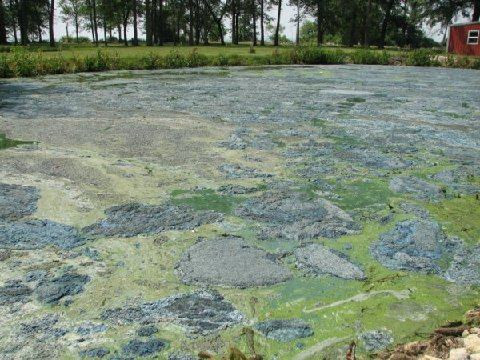
Blue green algae affects cattle ranchers (Photo from Flickr Creative Commons - courtesy of photographer Tyler Fairburn (2010)
While these are all very serious issues that affect me and my fellow cattle farmers and ranchers, we all do our best to manage our herd health while working through the challenges we are dealt. For every summer of “foot rot,” there is a calving season full of new babies just around the corner.

